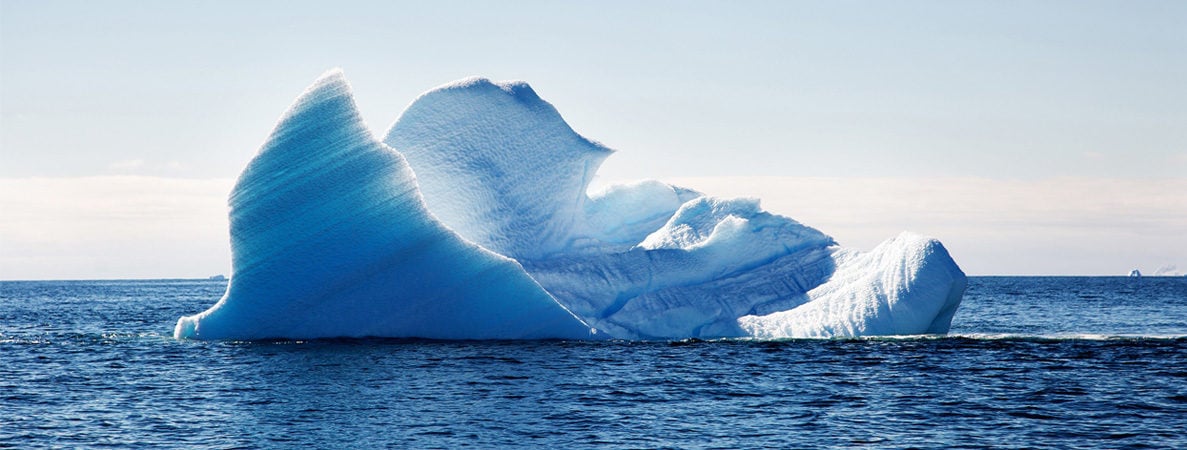Are krill harvested in an eco-friendly way?

For several years, the Antarctic krill fishery has been a source of controversy, mainly because of the perception that it is not sustainable. But now, based on several studies and research reports, many experts have found the opposite to be true.
Sustainably regulated
The Convention of the Conservation of Antarctic Marine Living Resources (CCAMLR), an international treaty, regulates krill harvesting in a sustainable way.
In Area 48 in the Southern Ocean, which is the only area where krill fisheries can operate, the krill industry is allowed to catch one percent of the estimated 60 million metric tons of krill. This is a low percentage level compared to other fisheries that are deemed to be sustainable.
Krill fishery rated “A” by the Sustainable Fisheries Partnership (SFP)
A 2015 report from the Sustainable Fisheries Partnership (SFP) showed that the only Omega-3 source in “Very Good” condition comes exclusively from the Antarctic krill fishery, earning it an “A” rating.
As part of the SFP’s mission to assess and improve the needs of sustainability among Omega-3 suppliers, the organization analyzed data from 24 stocks of 13 species (divided by fish and crustaceans) and focused solely on the stocks used for fishmeal and fish oil – also referred to as “reduction fisheries.”
The fisheries were ranked into four sustainability categories: A – very well managed fisheries, B1 – reasonably well managed fisheries, B2 – reasonably managed fisheries, and C – poorly managed fisheries.
This “A” rating from SFP is significant for the krill fishery because it represents independent verification that it is sustainably managed.
Since the marine Omega-3s used in dietary supplements most frequently come from reduction fisheries, they require close attention because the species used represent a vital part of the food chain.
For this and many other reasons, an Omega-3 company simply cannot do business today without taking the appropriate environmental steps to ensure these species and their predators are well protected.
Fishing far below the limit
Compared to other fisheries, where precautionary catch limits are set to 10% or more, the total allowable krill catch is limited to 1% of the stock biomass (~600,000 tons). Currently, the annual catch per year from all krill fisheries is still far below this margin.
A new and eco-friendly harvesting method
Euphausia superba krill live all around the Antarctic, but they are only allowed to be harvested in Area 48. This makes for a controlled and nature-friendly way of going about harvesting.
What’s more, new harvesting methods have solved a major issue: bycatch – the incidental capture of non-target species. Leading krill oil suppliers have invented new fishing technologies that specifically avoid bycatch, using a fine mesh net that prevents any organism larger than krill from entering.
Conclusion
The krill fishery has very little impact on the Antarctic ecosystem.
Given the importance of krill as a keystone species in Antarctica, krill oil suppliers’ commitment to ensuring its future and the future of the animals that depend on krill as a primary food source is paramount.
The Antarctic krill fishery is not only eco-friendly, it is actually one of the most sustainably managed in the world.